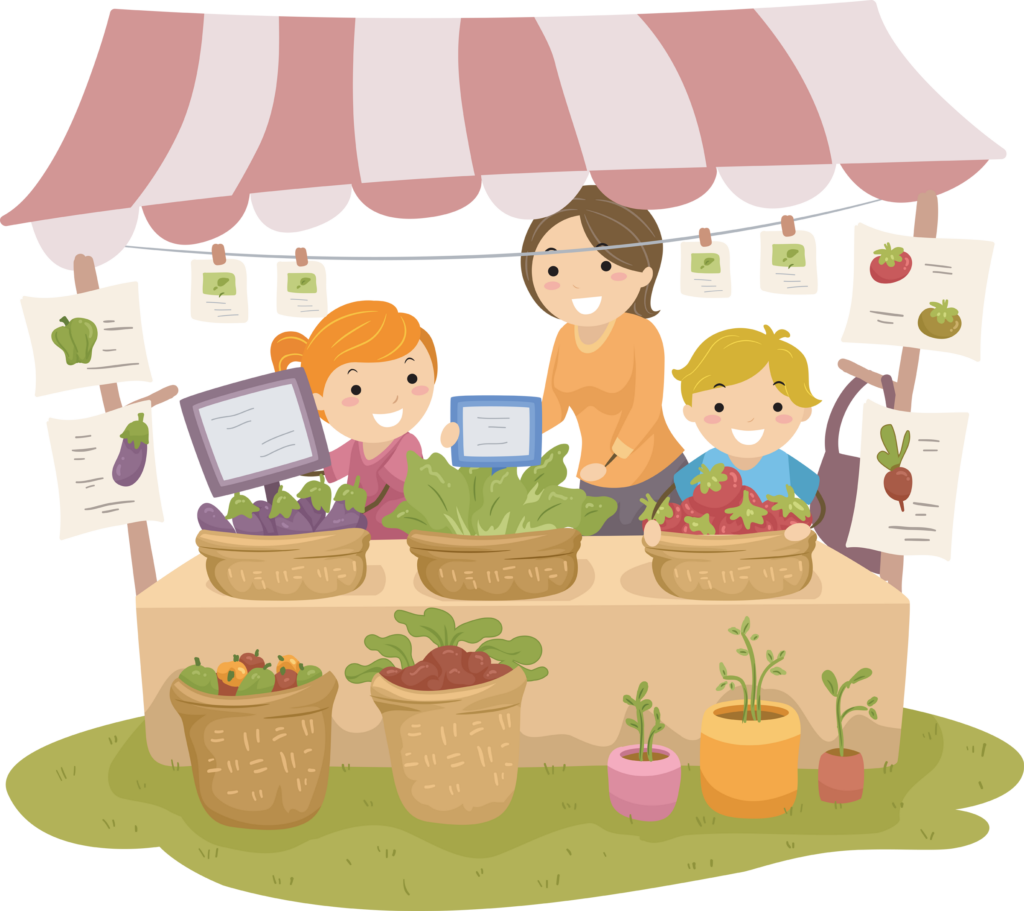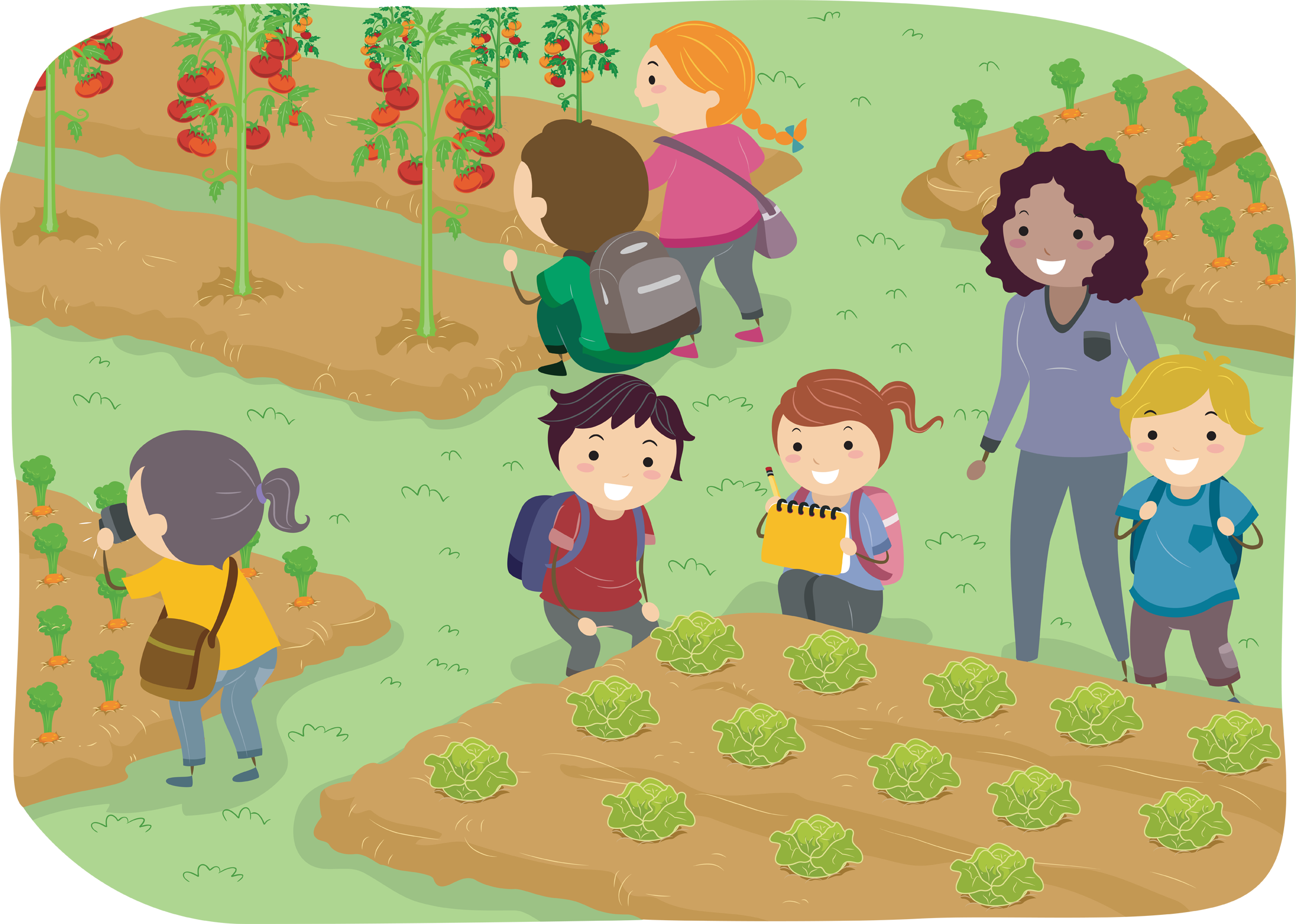
Have you ever wondered how that fresh, crunchy apple or the juicy, red tomato on your plate made its way to your table? For many children, the story of their food is a mystery waiting to be unraveled. Teaching young children about where their food comes from is not only fun and educational, but it also fosters a sense of appreciation for the hard work that goes into growing and producing the meals we enjoy. In this article, we’ll explore the benefits of introducing the farm-to-table concept to children and offer tips for teachers and homeschooling parents who want to embark on this exciting journey with their students.
The Benefits of Teaching Children About Food Origins:
Promotes Healthy Eating Habits
When children understand where their food comes from and how it’s grown, they are more likely to make healthier food choices. Learning about the importance of fresh fruits, vegetables, and whole grains can instill a lifelong preference for nutritious meals over processed alternatives.
Encourages Environmental Awareness
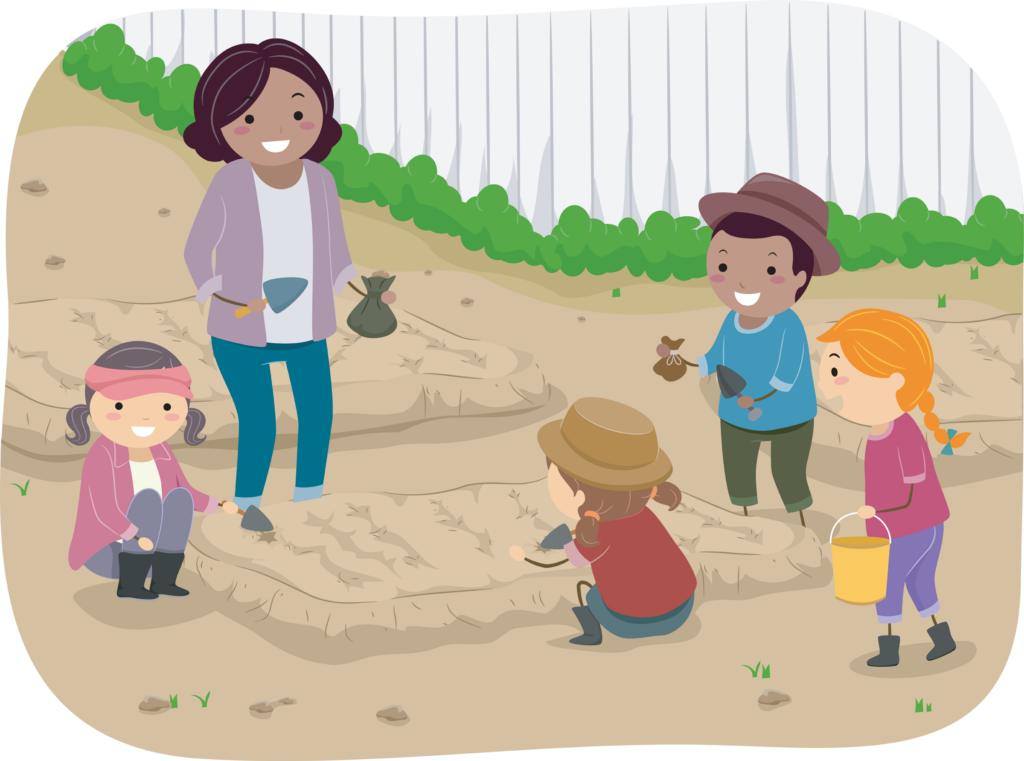
Teaching children about the journey of food from farm to table can help them develop a deeper understanding of the natural resources and energy that go into producing what we eat. This can inspire children to be more mindful of their consumption habits and encourage them to make choices that benefit the environment.
Enhances Cultural Appreciation
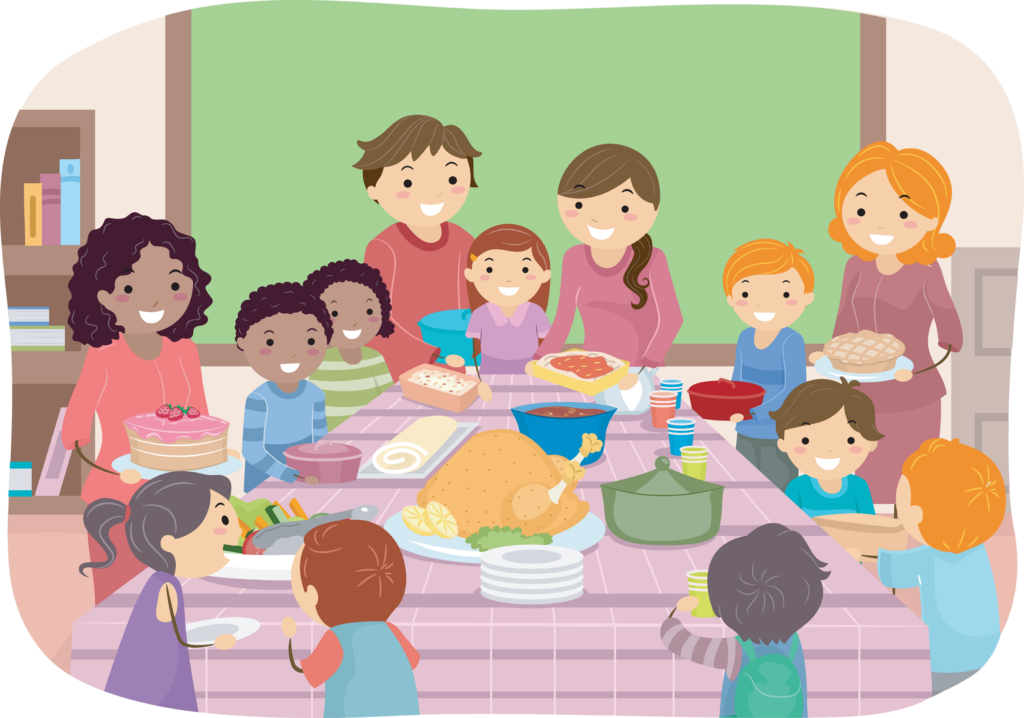
Food is a universal language that transcends cultural boundaries. Learning about the origins of different foods and the agricultural practices used around the world can foster a sense of curiosity and respect for diverse cultures and traditions.
Sparks Curiosity and Critical Thinking
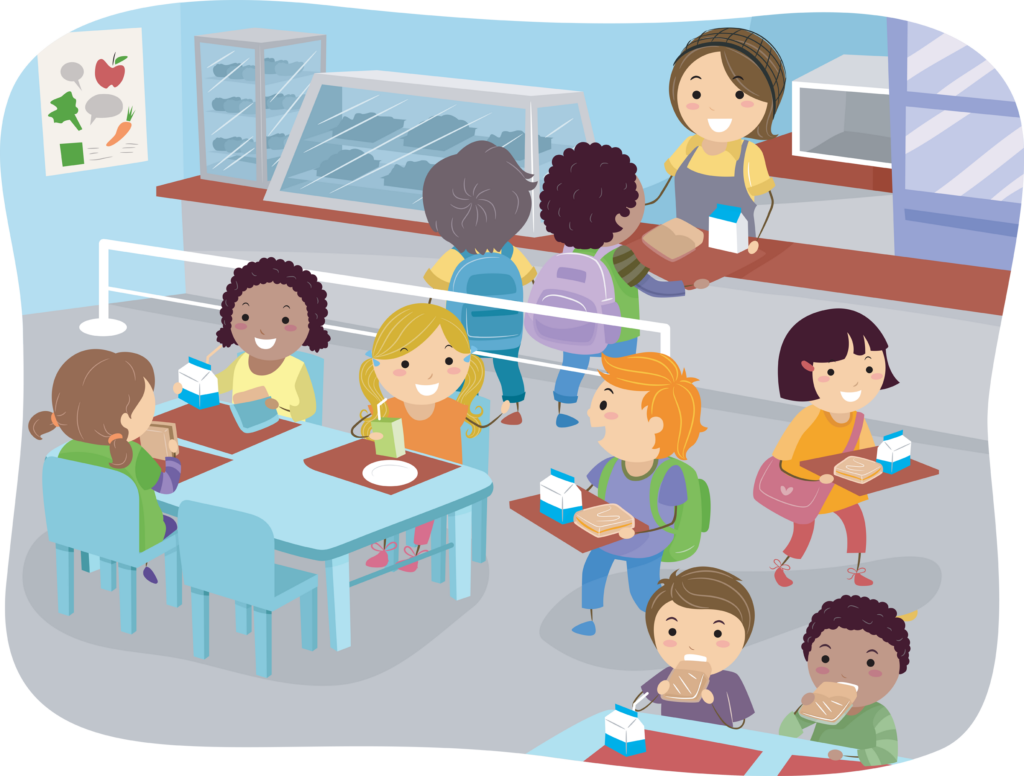
The farm-to-table journey offers a fantastic opportunity for children to explore various scientific concepts, such as plant growth, nutrition, and ecosystems. This can spark their curiosity and help them develop critical thinking skills as they ask questions and seek answers about the world around them.
Fosters Empathy and Social Responsibility

By learning about the efforts that go into growing, harvesting, and distributing food, children can develop a sense of empathy and gratitude for the farmers, workers, and communities involved in the process. This understanding can inspire them to become more socially responsible citizens, who are aware of the challenges faced by others and motivated to contribute positively to their local and global communities.
Tips for Teachers and Homeschooling Parents:
Start with Storytelling

Begin by sharing stories about where different foods come from and the people who grow them. Books like “The Carrot Seed” by Ruth Krauss or “The Ugly Vegetables” by Grace Lin can help children relate to the characters and understand the process of growing food.
Create a Classroom or Home Garden
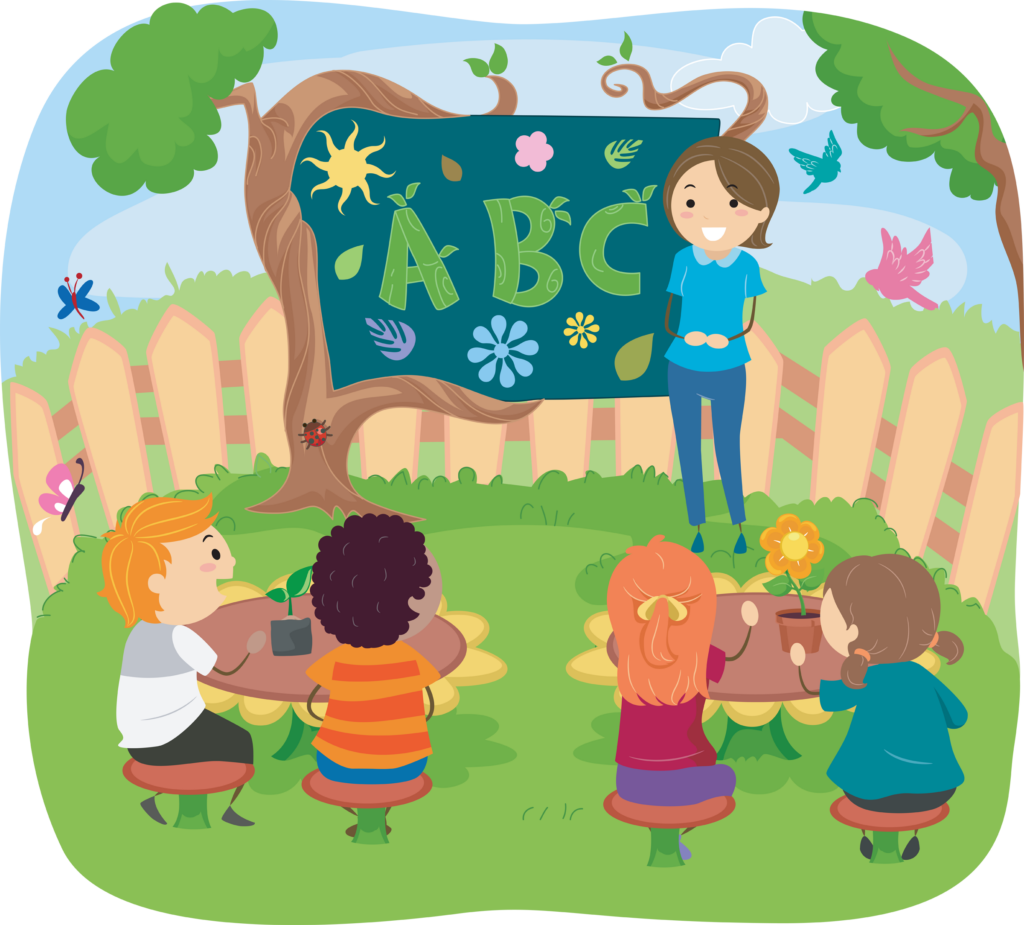
One of the most effective ways for children to learn about where food comes from is by growing it themselves. Create a small garden space at your school or home where children can plant, nurture, and harvest their own fruits and vegetables.
Connect with Local Farmers
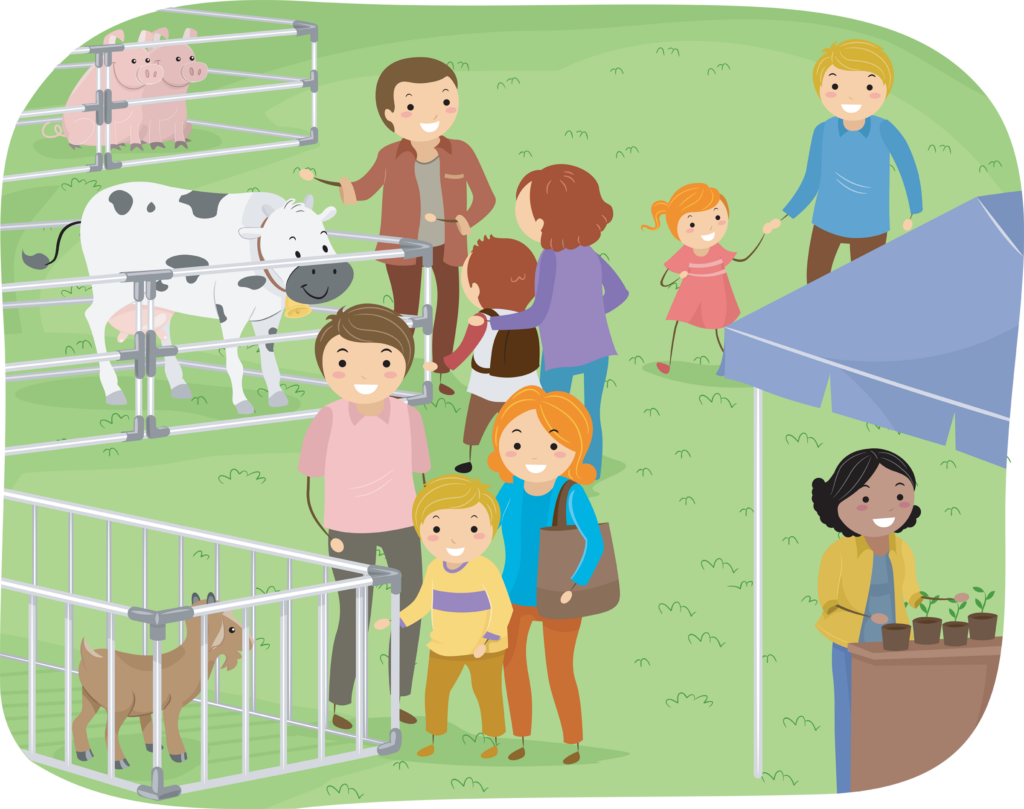
Organize field trips to local farms or invite a farmer to speak to your students about their work. Children will love learning about the different types of crops, animals, and farming practices used in their region.
Explore World Cuisines

Introduce your students to various cuisines from around the world, and discuss the unique ingredients and food traditions that define each culture. This can be a fun way to learn about geography, history, and cultural diversity.
Engage in Hands-on Activities

Children learn best when they can experience concepts firsthand. Engage them in activities like seed planting, composting, or cooking simple recipes using ingredients they’ve grown themselves. This will help solidify their understanding of the farm-to-table journey and empower them to make informed food choices.
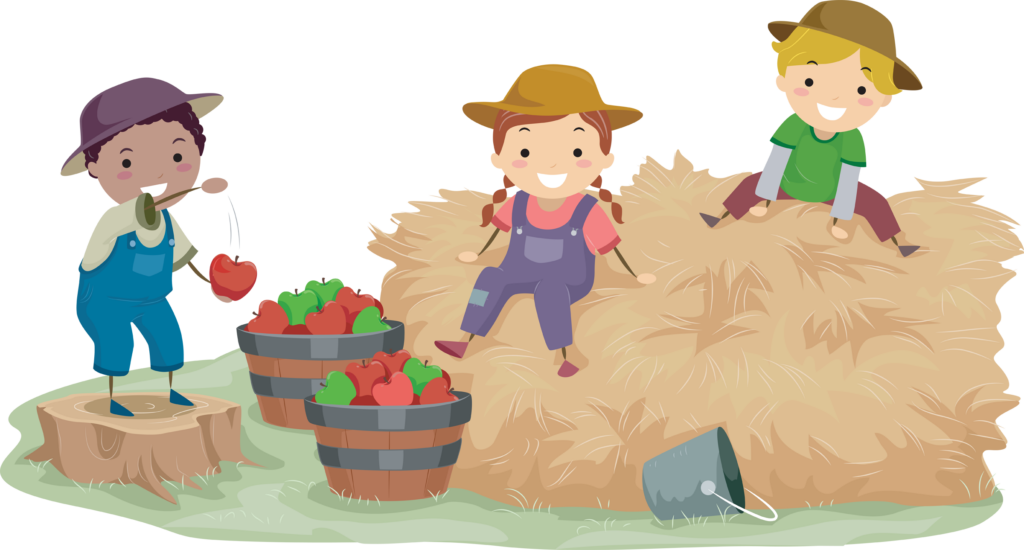
Teaching young children about the origins of their food is an exciting and rewarding adventure that can foster a sense of curiosity, appreciation, and responsibility in their lives. By introducing them to the farm-to-table concept and engaging them in hands-on activities, teachers and homeschooling parents can help children develop a lifelong love for learning and a profound understanding of the world around them.
